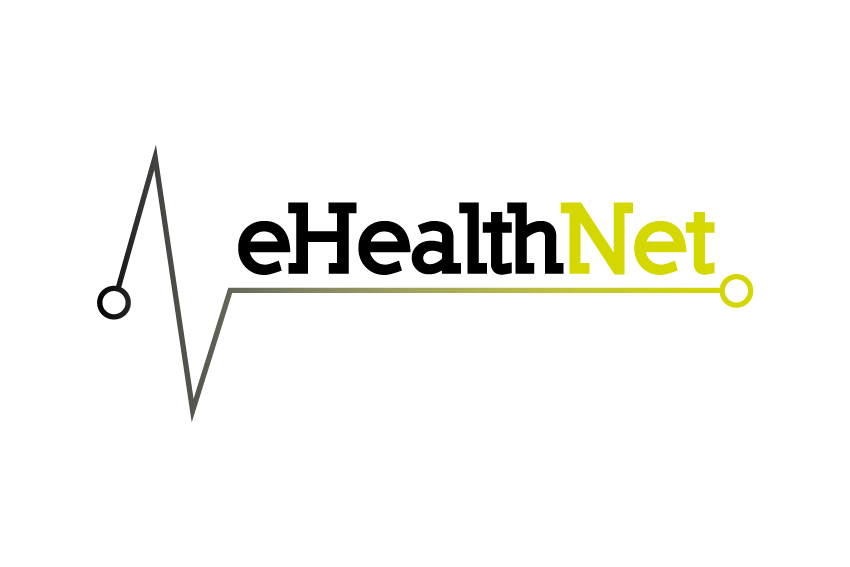Selected Publications: M. Pota, M. Esposito, G. De Pietro, “Likelihood-fuzzy analysis: From data, through statistics, to interpretable fuzzy classifiers”. International Journal of Approximate Reasoning, vol. 93, pp. 88-102, ISSN 0888-613X, DOI 10.1016/j.ijar.2017.10.022, 2018
A. Amato and A. Coronato, “An IoT-aware architecture for smart healthcare coaching systems”, Proceedings of the 2017 IEEE 31st International Conference on Advanced Information Networking and Applications (AINA), IEEE, 2017, DOI: 10.1109/AINA.2017.128, AINA-2017
G. De Pietro, M. Ciampi, G. Iorio, R. Capasso, G. Antonucci, M. Barile e M. G. Rosa, “La salute in rete tra eccellenza e innovazione”, Leda Editore, pp. 1-64, 2017, ISBN: 978-88-970-0558-2
C. Diomaiuta, M. Sicuranza, M. Ciampi, and. G. De Pietro, “A FHIR-based system for the generation and retrieval of clinical documents”, in ICT4AWE 2017: Proceedings of the 3rd International Conference on Information and Communication Technologies for Ageing Well and e-Health, Volume 1, pp. 135-142, 2017, SCITEPRESS Digital Library, ISBN: 978-989-758-251-6, DOI: 10.5220/0006311301350142
M. Pota, M. Esposito, G. De Pietro, “Designing rule-based fuzzy systems for classification in medicine”, Knowledge-Based Systems, vol. 124, pp. 105-132, ISSN 0950-7051, DOI 10.1016/j.knosys.2017.03.006, 2017
G. Sannino, I. De Falco, and G. De Pietro, “A statistical analysis for the evaluation of the use of wearable and wireless sensors for fall risk reduction”, Proceedings of the 10th International Joint Conference on Biomedical Engineering Systems and Technologies, Volume 5: SmartMedDev, BIOSTEC 2017, pp. 508-516, 2017
S. Naddeo, L. Verde, M. Forastiere, G. De Pietro, and G. Sannino, “A real-time m-health monitoring system: an integrated solution combining the use of several wearable sensors and mobile devices”, Proceedings of the 10th International Joint Conference on Biomedical Engineering Systems and Technologies, Volume 5: SmartMedDev, BIOSTEC 2017, pp. 545-552, 2017
G. Caggianese, M. Calabrese, V. De Maio, G. De Pietro, A. Faggiano, L. Gallo, G. Sannino, and C. Vecchione, “A rehabilitation system for post-operative heart surgery”, Proceedings of the International Conference on Intelligent Interactive Multimedia Systems and Services, pp. 554-564, Springer, Cham, 2017
G. Caggianese, M. Calabrese, L. Gallo, G. Sannino, C. Vecchione, “Cardiac Surgery Rehabilitation System (CSRS) for a Personalized Support to the Patients”, In Proceedings of the 13th 2017 International Conference on Signal-Image Technology & Internet-Based Systems (SITIS), 2017
A. Amato and A. Coronato, “Supporting hypothesis generation by machine learning in smart health”, Springer International Publishing AG 2018, L. Barolli and T. Enokido (eds.), Innovative Mobile and Internet Services in Ubiquitous Computing, Advances in Intelligent Systems and Computing 612, DOI: 10.1007/978-3-319-61542-4 38, IMIS-2017
A. Amato and A. Coronato, “A machine learning approach for ranking in question answering”, in Xhafa F., Caballé S., Barolli L. (eds), Advances on P2P, Parallel, Grid, Cloud and Internet Computing. 3PGCIC 2017. Lecture Notes on Data Engineering and Communications Technologies, vol. 13, Springer, Cham, 2017
A. Coronato and G. Paragliola, “Towards a Cognitive System for the Identification of Sleep Disorders”, Proceedings of the International Conference on Intelligent Interactive Multimedia Systems and Services, pp. 91-98, 2017
A. Minutolo, M. Esposito, G. De Pietro, “A fuzzy framework for encoding uncertainty in clinical decision-making”, Knowledge-Based Systems, vol. 98, pp. 95-116, ISSN 0950-7051, DOI 10.1016/j.knosys.2016.01.020, 2016
M. Pota, M. Esposito, G. D. Pietro, “Interpretability indexes for Fuzzy classification in cognitive systems”, 2016 IEEE International Conference on Fuzzy Systems (FUZZ-IEEE), pp. 24-31, ISBN 978-1-5090-0626-7, DOI 10.1109/FUZZ-IEEE.2016.7737663, Vancouver, BC, Canada, 24-29 Luglio 2016
A. Minutolo, M. Esposito, G. De Pietro, “Fuzzy on FHIR: a Decision Support service for Healthcare Applications”, in Advances on P2P, Parallel, Grid, Cloud and Internet Computing, 3PGCIC 2016 (F. Xhafa, L. Barolli, F. Amato, eds.), Lecture Notes on Data Engineering and Communications Technologies, vol. 1, pp. 163-172, Springer International Publishing, ISBN 978-3-319-49109-7, DOI 10.1007/978-3-319-49109-7_16, 2016
A. Minutolo, M. Esposito, G. De Pietro, “A Hypothetical Reasoning System for Mobile Health and Wellness Applications”, in Wireless Mobile Communication and Healthcare: MobiHealth 2016 (P. Perego, G. Andreoni, G. Rizzo, eds.), Lecture Notes of the Institute for Computer Sciences, Social Informatics and Telecommunications Engineering, vol. 192, pp. 278-286, Springer International Publishing, ISBN 978-3-319-58877-3, DOI 10.1007/978-3-319-58877-3_36, 2016
A. Minutolo, M. Esposito, G. De Pietro, “Encoding Clinical Recommendations into Fuzzy DSSs: An Application to COPD Guidelines”, in Knowledge, Information and Creativity Support Systems: Recent Trends, Advances and Solutions (A. M. J. Skulimowski, J. Kacprzyk, eds.), Advances in Intelligent Systems and Computing, vol. 364, pp. 345-357, Springer International Publishing, ISBN 978-3-319-19089-1, DOI 10.1007/978-3-319-19090-7_2, 2016
G. Sannino, I. De Falco, and G. De Pietro, “Easy fall risk assessment by estimating the Mini-BES test score”, Proceedings of the 2016 IEEE 18th International Conference on e-Health Networking, Applications and Services (Healthcom), IEEE, 2016
M. Mercorella, M. Ciampi, M. Esposito, A. Esposito, and G. De Pietro, “An architectural model for extracting FHIR resources from CDA documents”, in SITIS 2016: Proceedings of 12th International Conference on Signal-Image Technology & Internet-Based Systems, pp. 597-603, 2016, IEEE Computer Society, ISBN: 978-1-5090-5698-9, DOI: 10.1109/SITIS.2016.99

